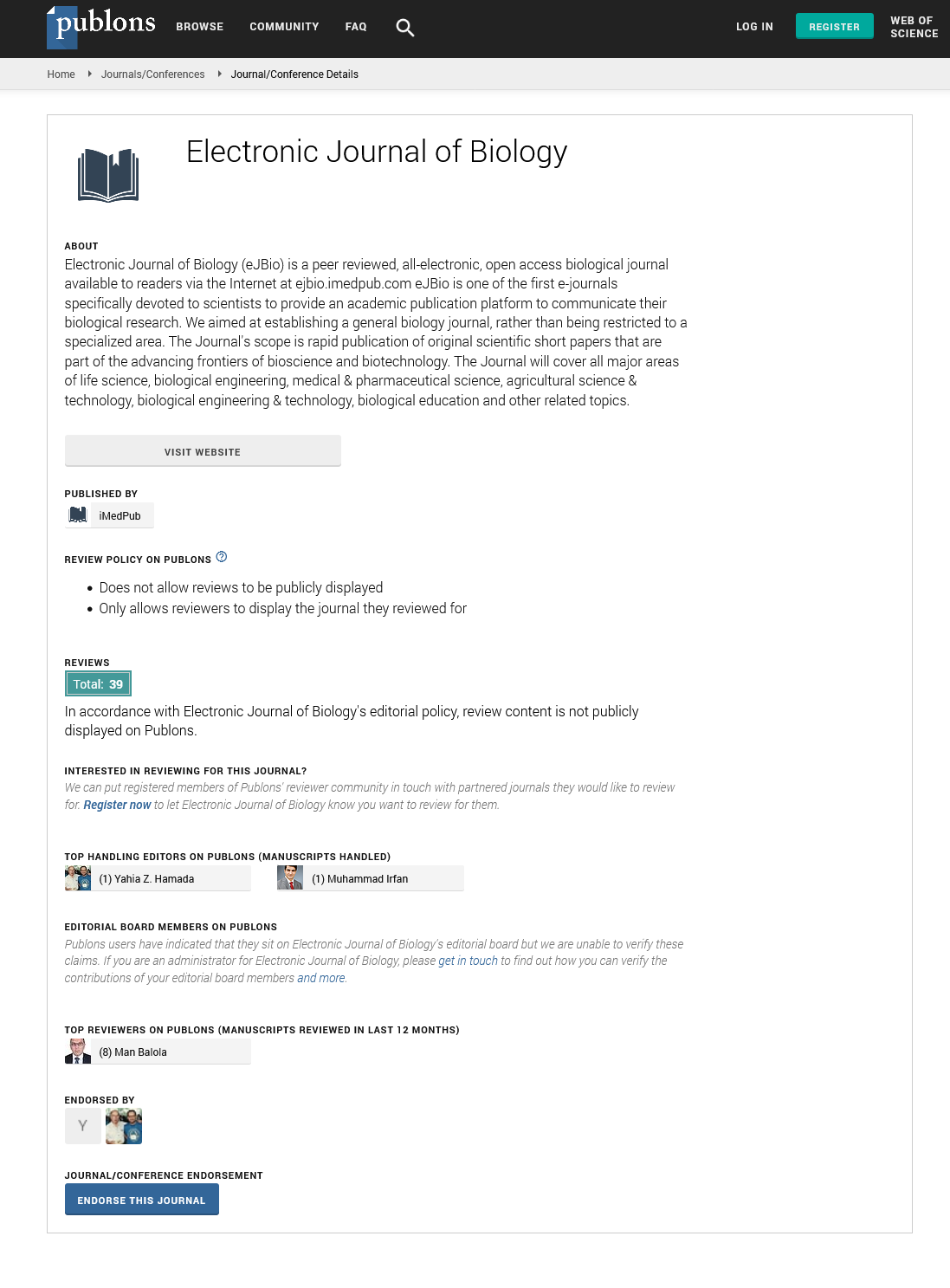Abstract
Laboratory Evaluation of Crude Extracts of Cinnamomum tamala for Potential Antibacterial Activity
Emergence of microbial resistance is the one of the major problem nowadays; thus there have been tremendous efforts towards finding new chemicals, specifically herbals, for the development of new antimicrobial drugs. Cinnamomum tamala (Buch.-Ham.) Nees & Eberm. is an important traditional medicinal plant, mentioned in various ancient literatures such as Ayurveda.. The plant is selected to evaluate the possibility for novel pharmaceuticals having antibacterial potential. Stem-bark of the plant was extracted using various solvents. Extracts were evaluated for their antimicrobial potential by agar well diffusion assay against a total of six bacterial strains. Active extracts thus obtained were subjected to determine their minimum inhibitory concentration(s) (MICs) followed by their phytochemical analysis. The current study indicated that the pattern of inhibition depends largely upon the extraction procedure, the plant part used for extraction, state of plant part (fresh or dry), solvent used for extraction and the microorganism tested. Almost all the extracts evaluated showed variable degree of inhibition zones against different bacterial species except hexane extract which was found completely inactive. Other organic extracts viz., ethanol, methanol and ethyl acetate were found to have significant activity against all test bacteria except Escherichia coli, which was observed completely resistant to all the extracts. Methanol extract was found comparatively more effective Organic extracts provided more potent antibacterial activity as compared to aqueous extracts. Gram-positive bacteria were found more sensitive than Gram-negative bacteria. The study promises an interesting future for designing potentially active antibacterial agents from Cinnamomum tamala.
Author(s): Pankaj Goyal, Abhishek Chauhan, P. Kaushik
Abstract | Full-Text | PDF
Share this

Google scholar citation report
Citations : 5001
Electronic Journal of Biology received 5001 citations as per google scholar report
Electronic Journal of Biology peer review process verified at publons
Abstracted/Indexed in
- Google Scholar
- China National Knowledge Infrastructure (CNKI)
- CiteFactor
- Electronic Journals Library
- Zoological Records
- WorldCat
- Proquest Summons
- Publons
- MIAR
- Openaccessarticles.com
- Secret Search Engine Labs
Open Access Journals
- Aquaculture & Veterinary Science
- Chemistry & Chemical Sciences
- Clinical Sciences
- Engineering
- General Science
- Genetics & Molecular Biology
- Health Care & Nursing
- Immunology & Microbiology
- Materials Science
- Mathematics & Physics
- Medical Sciences
- Neurology & Psychiatry
- Oncology & Cancer Science
- Pharmaceutical Sciences


